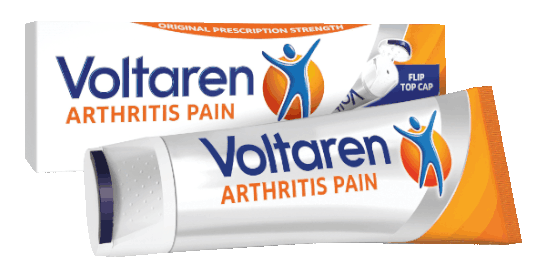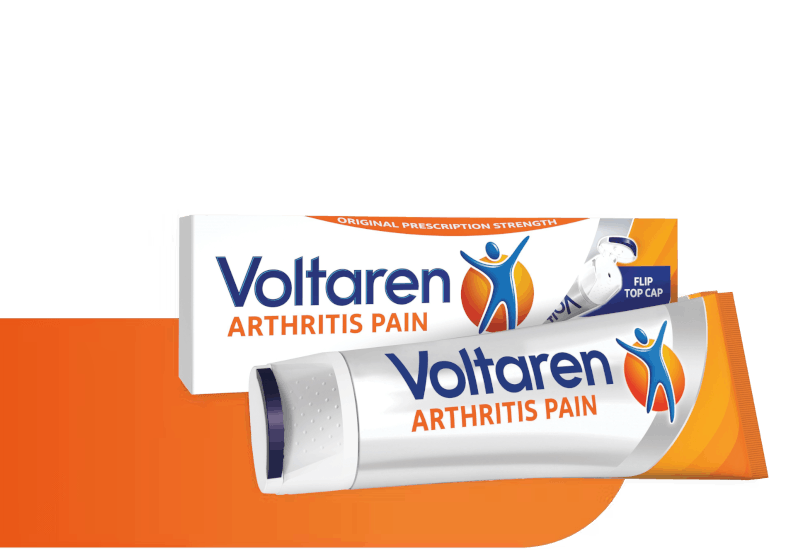Common Joint Conditions
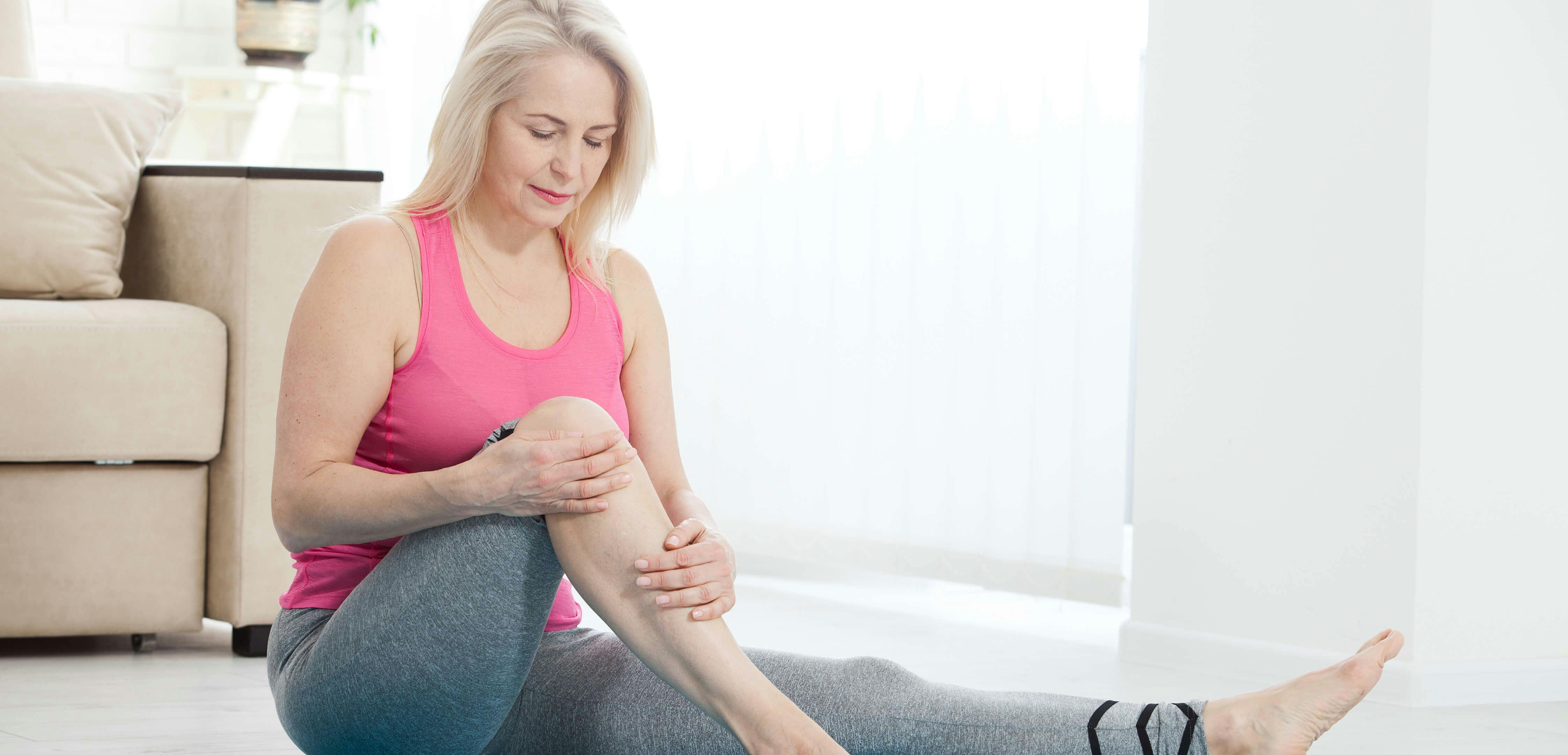
Joint conditions can affect us at any time in our lives. Wherever two or more bones join, that’s where a joint forms: your shoulders, elbows, hips, knees, and knuckles are all joints; there are also joints in your spine.1 In between these joints are soft tissue, cartilage, tendons and ligaments that connect our muscles to our bones and keep us moving.1
When joint disorders happen, they can cause pain, swelling, and stiffness.1 That’s why it’s important to be aware of common conditions that can affect our joints, and take steps to treat joint pain, no matter if it is from osteoarthritis, rheumatoid arthritis or other causes.1,4
Here are some of the most common joint conditions that can affect us, no matter what age we are or how much physical activity we do.
Osteoarthritis
Osteoarthritis (OA), the most common form of arthritis, is usually associated with aging: 40% of people over the age of 70 years suffer from OA, especially of the knee.2 It is a degenerative disease that results in the destruction of the layer of cartilage, and can also lead to inflammation.2 Osteoarthritis is more prominent in the hip, knee and shoulder joints.2 80% of people with OA have limitations in movement and mobility.2
Rheumatoid arthritis
This form of arthritis attacks the lining of your joints,3 especially in smaller joints such as the ones that comprise your fingers of your hands and the toes in your feet.3 As opposed to OA, rheumatoid arthritis (RA) is an autoimmune disorder.2 It occurs when your immune system mistakenly attacks your own body's tissues.3 Signs and symptoms of RA may vary in severity and may even come and go in periods called “flare-ups.”3 Women are more likely to develop RA than men, and symptoms usually begin in middle age.3
Injuries from accidents or overuse
Our joints are easily susceptible to injury. If you suffer a sprain, you’ve stretched or torn the ligaments in a joint.1 Acute strains are stretched or torn muscles or tendons that can happen from movement, such as lifting heavy objects or overuse.1 Dislocating a joint means that the bones have been pushed or pulled out of position and this may require medical attention.1 Other injuries that can occur to your joints include bursitis, when the bursa that pads bones and muscles, tendons or skin becomes irritated,1 and tendonitis, which can occur when the tendon that connects bones and muscles is swollen from overuse.1
Degenerative cartilage
Cartilage is a tough but flexible tissue that is strong enough to keep joints working and moving.5 When this cartilage is impacted, it is difficult for it to heal on its own.5 The most common causes of cartilage damage include:5
- Forceful impacts to the joint from injuries, sports or falls
- Repetitive smaller impacts to a joint
- Twisting the joint while it bears weight (for instance twisting the knee while the foot is planted)
- Progressive wear and tear
- Congenital abnormalities or previous injury
Cartilage injuries most frequently occur in the knee, but they may also involve the hip, ankle, shoulder, and ankle. If this cartilage degenerates, your doctor will be able to remove diseased or damaged bone and cartilage from the joint, such as the case in hip replacement surgery.4
What is SI joint pain?
The sacroiliac (SI) joint connects the lower spine to the pelvis.6 When this joint experiences osteoarthritis, sudden injury, or pregnancy (since the sacroiliac joints loosen and stretch for childbirth6), the resulting sacroiliitis can cause pain in the lower back, buttocks, or legs.7 Because sacroiliitis can be hard to diagnose, and because it’s linked to diseases that cause spinal inflammation,6 treatment for sacroiliitis differs from arthritis pain relief.6 This usually includes physical therapy and over-the-counter pain medication, not including Voltaren Arthritis Pain Gel.7
How to keep your joints healthy
The best way to slow down or prevent joint conditions is to get enough physical activity to strengthen muscles around your joints,1 and by eating a healthy, balanced diet, which can help reduce inflammation. Wearing protective equipment like knee pads when playing sports can protect your most vulnerable joints by cushioning them from falls.1 Before beginning any new treatment, exercise plan, or health regime, be sure to talk to your doctor about the right joint pain treatment for you.
For any arthritis pain flare-ups, try a nonsteroidal anti-inflammatory gel such as Voltaren Arthritis Pain Relief Gel, which targets pain directly at the source.

How to Relieve Arthritis Pain
You can take control of symptoms in a few ways: by exercising daily, eating healthy, and using hot or cold packs. Taking these lifestyle tips into consideration can help make life a little easier.

What Are the Causes of Arthritis?
You may be experiencing arthritis for a number of reasons. No matter what may have caused your discomfort, there is a path to relief for you.
See How Voltaren Can Help
Save Money on Your Next Purchase.
Feel The Joy Of Movement
No matter the day, the hour, or what you’re doing, embrace the joy of movement with the help of specialized products from Voltaren: powerful gel for arthritis pain † or drug-free, dietary supplements for healthy joints.*
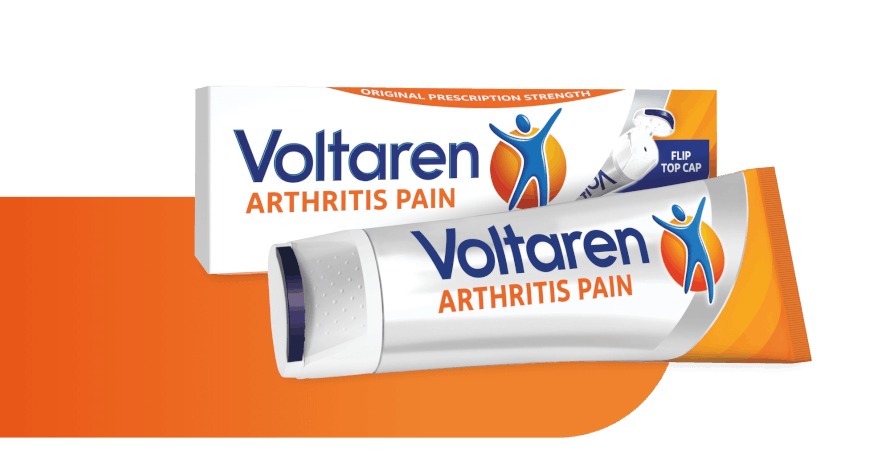
For Arthritis Pain Relief
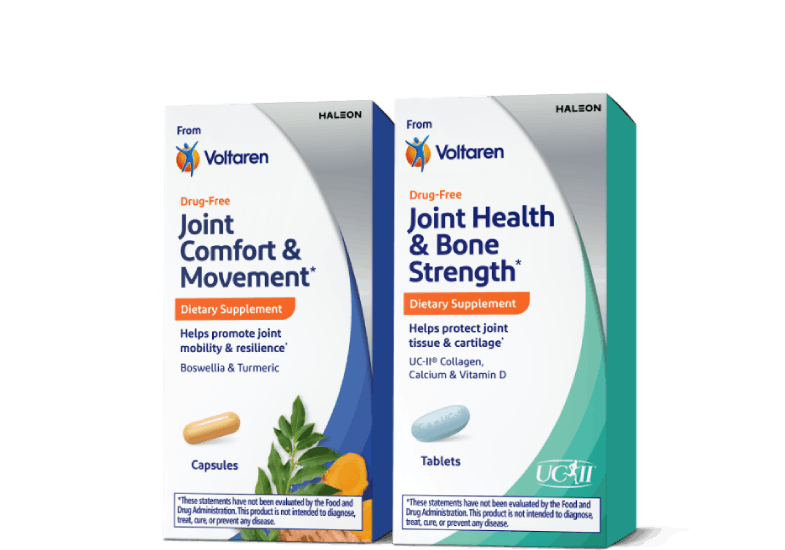
For Healthy Joints*
†Use as directed. Voltaren is approved for treatment of arthritis pain.
Dietary supplements from Voltaren are not intended to treat arthritis pain.
*These statements have not been evaluated by the Food and Drug Administration. These products are not intended to diagnose, treat, cure or prevent any disease.

